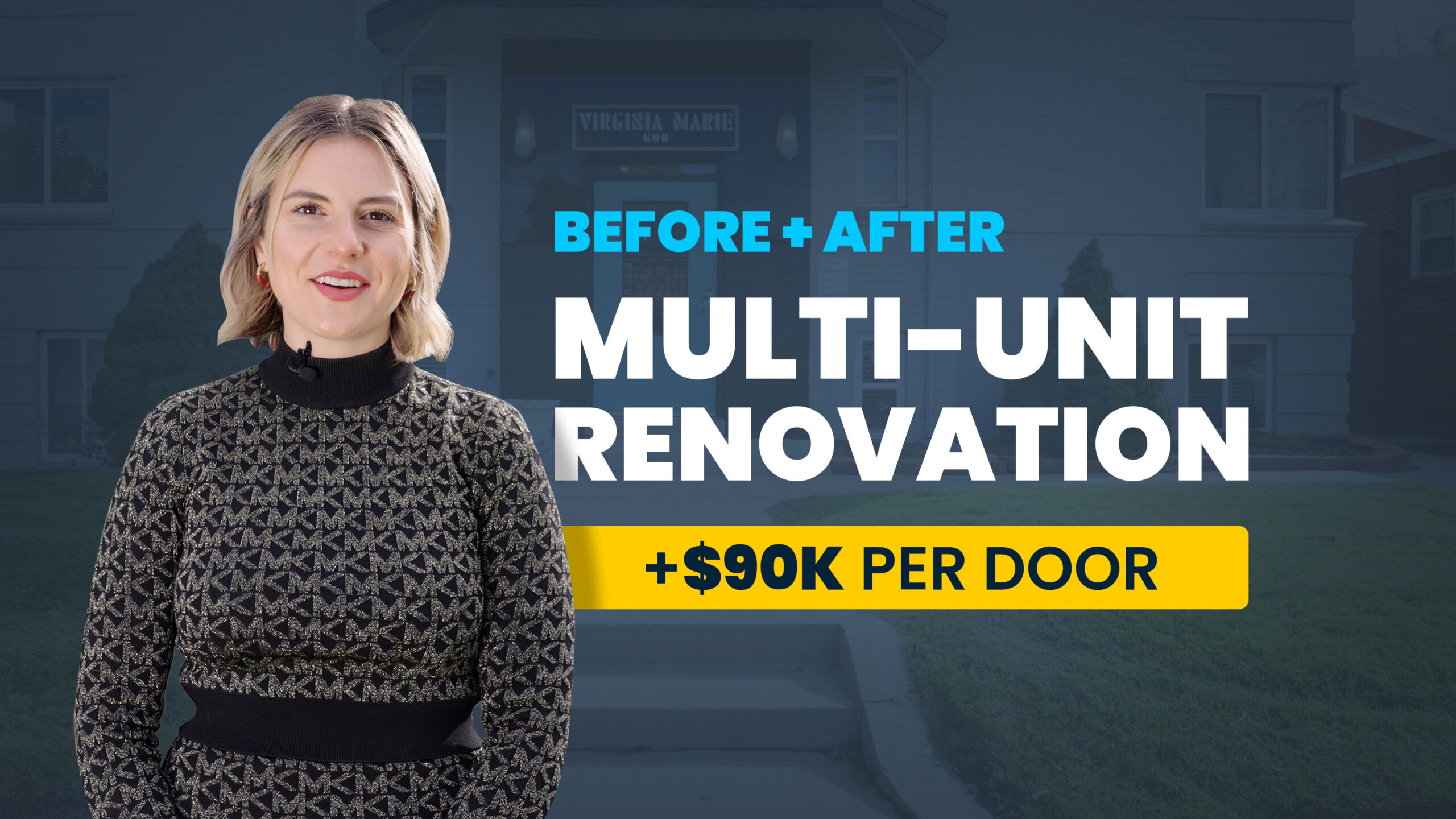Key Takeaways:
- Understanding the Renter’s Bill of Rights: Familiarity with the Renter’s Bill of Rights is crucial as it represents a significant shift in rental law that emphasizes tenant protections and clearer leasing practices.
- Emphasis on Safe and Affordable Housing: The Bill stresses the need for accessible, safe, and affordable housing as a fundamental right, urging landlords to prioritize these aspects in their properties.
- Clarity and Fairness in Leases: Ensuring that lease agreements are transparent and fair is highlighted, with a push towards simplifying legal jargon to make leases more understandable for renters.
- Educating Renters on Their Rights: Landlords may be required to take an active role in educating tenants about their rights and responsibilities, emphasizing clear communication and understanding.
- Strengthening Landlord-Tenant Relationships: The Bill encourages open dialogue and negotiation between landlords and tenants, which can lead to more stable and prolonged tenancy agreements.
- Alternative Solutions to Eviction: The proposal aims to reduce evictions by exploring alternative dispute resolutions, which could be cost-effective for landlords while keeping tenants housed.
- Navigating Misconceptions and Concerns: Landlords’ apprehensions about the Bill often stem from misunderstandings or lack of detailed knowledge. It’s beneficial for landlords to engage with comprehensive summaries or discussions to better understand potential impacts.
Transcript ▼
Transcript
Krista Reuther:
Intro to a Renter’s Bill of Rights. Today we’ll be talking about the Renter’s Bill of Rights. This white paper was originally introduced by the White House in January 2023, and it’s been on landlords’ minds across the nation ever since. I am joined by Samantha Yadav today to discuss this important piece of legislation that could be coming down the pipeline. So, Samantha, have you heard of the Renter’s Bill of Rights?
Samantha Yadav:
I have heard of it, and I have so many questions. So, I am pumped that you are here to answer all my questions. First of all, what is a Renter’s Bill of Rights? What is it?
Krista Reuther:
So, this is a collection of ideas, in fact, five principles that the White House has put together in order to combat some of the issues that they are seeing on a national scale for renters.
Samantha Yadav:
Okay, so these are five laws, five principles, for now. Nothing is legally binding. This is more a set of ideas that they want the public to know about as they continue their research and finalize what the actual legislation could be. Got it. Why do we need a Renter’s Bill of Rights?
Krista Reuther:
It might give landlords pause, but there’s actually only one national bill that protects renters, which is the Fair Housing Act. Everything else is really piecemeal, including protections for domestic violence victims and a whole slew of other folks who really need that kind of crucial protection. And the Fair Housing Act, that’s focused specifically on discrimination and avoiding discrimination in housing. But this is different. This is different. It does build on long-standing principles like the Fair Housing Act, but it introduces other ideas to fully protect renters as they move through the rental process.
Samantha Yadav:
So, the first one is access to safe, quality, accessible, and affordable housing. What’s the second one?
Krista Reuther:
The second one is a principle regarding clear and fair leases. So, this particular principle is crucial because leases are the living document that bind you and your tenant together. But unfortunately, there have been bad actors who have inserted clauses that forbid people from seeking help or finding a solution to big issues. They also do things like write in policies that really cut away at the renters’ rights without clarifying what it actually means to the person who’s signing it. So, there’s a renewed focus on making sure that the lease is clear and easily understood so that the renter understands what their obligations and expectations are.
Samantha Yadav:
You said something about clear leases that are easy to understand. Now, I’ve had leases that range from 24 pages to 50 pages, depending on the addendums and the attachments and all the things. Is there a plan in place to make lease agreements more understandable for renters, maybe not so much legalese involved in them?
Speaker 1: Yeah, and actually, that’s a perfect segue into the third principle, which focuses on renter education and the communication of their rights. Landlords are going to have to take on the responsibility to make sure that tenants understand what they’re signing. But beyond that, they also need to provide access to resources that can help a tenant. Because at the end of the day, your goal should be to have a lease that is clear, easy to understand, and outlines everything that you are responsible for and that the tenant is responsible for. And it’s definitely recommended that you discuss the lease terms with your renter to make sure you’re on the same page as to what you’re agreeing to and things of that nature.
Samantha Yadav:
Establishing what I know is your favorite topic, the positive landlord-tenant relationship.
Krista Reuther:
Yes, absolutely. When everybody understands what they are obligated to do, it makes the relationship so much smoother from the get-go. And allowing your tenants to ask questions of the lease and even try and negotiate isn’t a bad thing. It might give you pause, but it’s gonna strengthen your relationship, and that could lengthen their stay, which means a shorter vacancy cycle, less money out of your pocket to find the next tenant. All sounds good to me so far. What’s number five?
Samantha Yadav:
The fifth principle aims to tackle evictions. So, specifically, it is looking to prevent and reduce the number of evictions by offering other activities to move through issues that landlords and tenants are having. This principle might be the favorite of landlords because as we know, evictions are expensive. So, by providing more resources to avoid the eviction process, landlords stand to benefit, and, bright side, so do their tenants because they remain housed.
Krista Reuther:
Very excited for this one. Basically, the government will be looking into different avenues to divert people away from evictions whenever possible. But it does not outlaw evictions, so that is still going to be an option on the table. You’ll just have more options to choose from. So, why are landlords against the Renter’s Bill of Rights? It sounds like all of these things are geared towards protecting renters, but also protect the landlord in the end. So, why are landlords upset about it?
Samantha Yadav:
It’s a tricky situation. I mean, historically, we have looked at the landlord-tenant relationship as being super combative. It’s not the reality of the situation, though. In fact, when you follow a set process and you treat your tenants like professional relationships, you can have really successful long-term connections with people who then even refer their friends to your vacant unit. So, I think that the reason landlords are so curious about this Bill of Rights right now is because it’s 19 pages long. Most people don’t want to sit down and read all 19 pages and try and work through what it could mean for them. So, it’s a lot of hearing about it from the headlines and not really getting a deep dive into what the actual paper says. And there is a misconception that it exists in its current form as a law, when, as we’ve discussed, it’s just ideas for now. But by and large, as of now, nothing to stress about, just be aware of what could be coming. However, if people do want to read about it, I took the plunge. I read all 19 pages. For our audience, if you’d like to read my summary, it is available on our blog. The link is going to be in the description, and go to turbotenant.com/blog.







